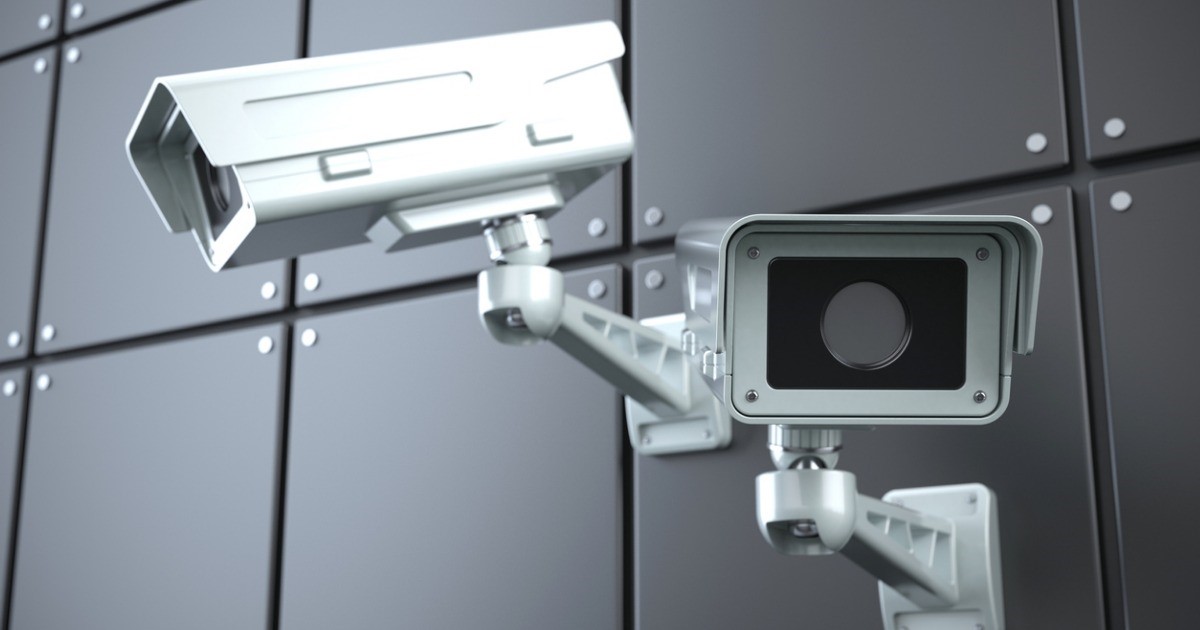homeowners and businesses are continually evaluating the effectiveness and cost-efficiency of their security measures. Among the various options available, security cameras stand out as a popular choice due to their deterrence capability and the peace of mind they offer.
However, the question of their operational costs remains a concern for many potential users. This article delves into the various expenses associated with running security cameras, offering insights into both upfront and ongoing costs.
Understanding the Components of Security Camera Systems
Security cameras are part of a broader system that includes several components, each contributing to the overall cost.
These components typically include the cameras themselves, storage devices, cables, power supplies, and possibly additional sensors or accessories.
The choice between different types of cameras—such as wired, wireless, or IP cameras—also plays a significant role in the initial setup and long-term operational expenses.
Initial Installation Costs
The initial installation costs can vary widely depending on the complexity of the system. Wired systems, for example, might require professional installation to run cables through walls and connect multiple cameras to a central recording device.
Wireless systems, while generally easier to install, may require strategic placement to ensure consistent connectivity and optimal coverage. The type of camera chosen (e.g., high-definition, infrared for night vision) also impacts the initial expenditure.
Hardware and Software Expenses
Purchasing the cameras is just the beginning. Many systems require a NVR or DVR for storing footage, which can add to the initial cost. Some systems offer cloud storage solutions, which typically come with a monthly or annual subscription fee. Additionally, advanced software features like facial recognition or motion detection may involve additional licensing fees.
The Running Costs of Security Cameras
After installation, the ongoing expenses of operating security cameras include electricity, storage, maintenance, and software updates.
Electricity Consumption
The power consumption of security cameras can impact your electricity bill, although it is generally minimal compared to other appliances. Wired systems may draw more power than wireless ones, and the addition of features like continuous recording or night vision can increase energy usage.
Storage Costs
Depending on the system’s configuration, you may need to expand your storage capacity over time. Local storage solutions require physical hard drives, which can fill up quickly, especially with high-definition video. Cloud storage options, while convenient, can become costly with higher storage demands or longer retention periods.
Maintenance and Repair
Regular maintenance is crucial to ensure the longevity and effectiveness of your security system. This includes cleaning the lenses, checking the power supply, and updating firmware. Repairs may also be necessary if a camera becomes damaged or malfunctions, which could be costly depending on the warranty or service plan.
Cost-Effective Practices in Running Security Cameras
To minimize the costs associated with running security cameras, consider the following strategies:
- Opt for cameras with motion sensors to record only when necessary, reducing storage and energy consumption.
- Regularly maintain and clean your cameras to avoid costly repairs.
- Use energy-efficient models that promise lower power consumption.
- Assess the necessity of cloud storage based on your specific security needs and consider local storage as a cost-effective alternative.
Conclusion
While there are inherent costs associated with running security cameras, they are generally manageable and can be optimized with careful planning and consideration. The peace of mind and security provided by these systems often outweigh the operational costs. Ultimately, the key to managing these expenses lies in choosing the right system based on your specific needs and circumstances, ensuring that you are not paying for unnecessary features or capacities.
By incorporating an AI Security Camera system, users can leverage advanced analytics and improved surveillance capabilities, potentially reducing the need for extensive physical infrastructure and lowering overall costs.
